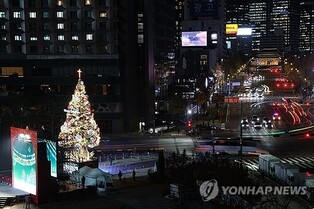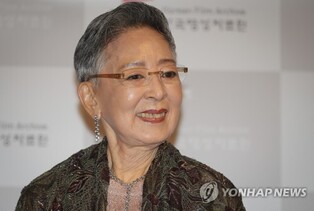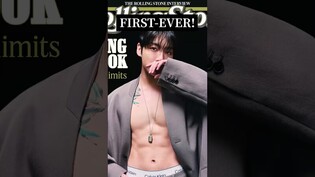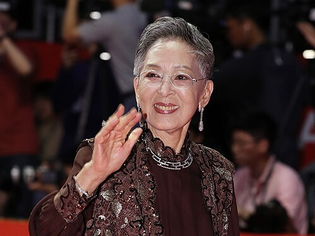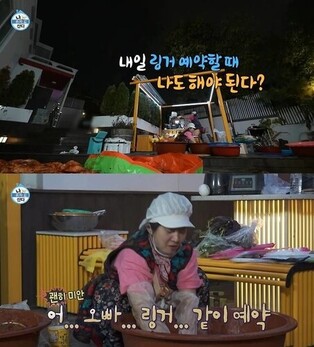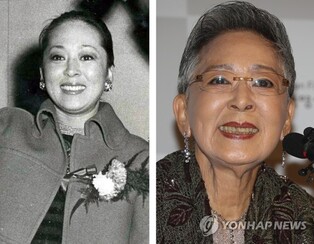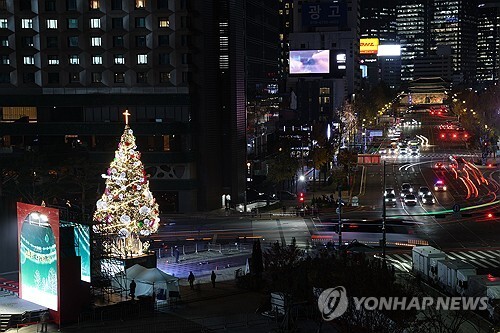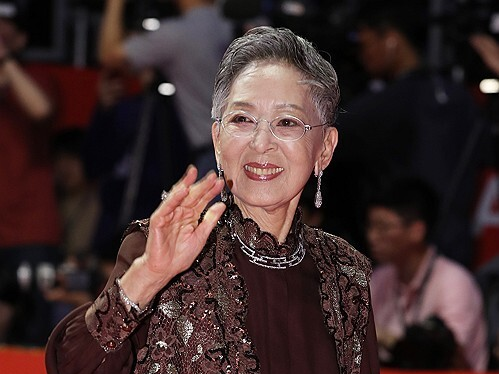 |
| ▲ This photo, provided by the Museum of Ancient Asian Woodblock Prints, shows "Neunghwa Board" and its prints. (PHOTO NOT FOR SALE) (Yonhap) |
 |
| ▲ This photo, provided by the Museum of Ancient Asian Woodblock Prints, shows the poster for "Special Exhibition on Traditional Pattern Prints East Asia." (PHOTO NOT FOR SALE) (Yonhap) |
SEOUL, July 19 (Yonhap) -- An exhibition will be held to introduce traditional woodblock prints of the Korean and Chinese patterns with added beauty in various areas including book covers, wallpaper, and bojagi (traditional Korean wrapping cloth).
The Museum of Ancient Asian Woodblock Prints announced on Monday that it will hold a special exhibition "Traditional Pattern Prints East Asia," which will feature over 100 artifacts related to traditional patterns made from woodblock prints from July 26 till August 28.
This exhibition, held to commemorate the 30th anniversary of the establishment of diplomatic ties between Korea and China, displays a variety of materials including woodblock prints, wallpaper, book covers, and printouts, as well as woodblocks made in Korea and China.
Traditional Korean woodblock printing can be viewed mainly on "Neunghwa Board." Woodblocks with various patterns engraved on them were used not only for book covers, but also for bojagi and wallpapers.
In China, a traditional patterned woodblock called "hwaji" was made and was used for dying clothes, wrapping papers, wallpapers, and calligraphy papers. Woodblock prints with different shape of flowers or printing prints using multiple color also stands out.
In the exhibition, woodblocks used to make kimono patterns in Japan will also be on display. The museum said it was to see the commonalities and differences between the prints of traditional patterns used in the three countries, namely Korea, China, and Japan at a glance
"The woodblock prints of East Asia are the root of design, which is a very important content in the Fourth Industrial Revolution," said director Han Seon-hak. "It will be an opportunity to learn about the designs that are practicality used in various ways of our daily life."
This exhibition was planned through a project to turn a Gangwon-do registered museum into a private museum.
Along with the exhibition, one will be able to participate in various educational and experiential activities, such as temple stay and a "forest woodblock print trip with a local celebrity."
(This article is translated from Korean to English by Haemin Kim.)
(END)
(C) Yonhap News Agency. All Rights Reserved


















